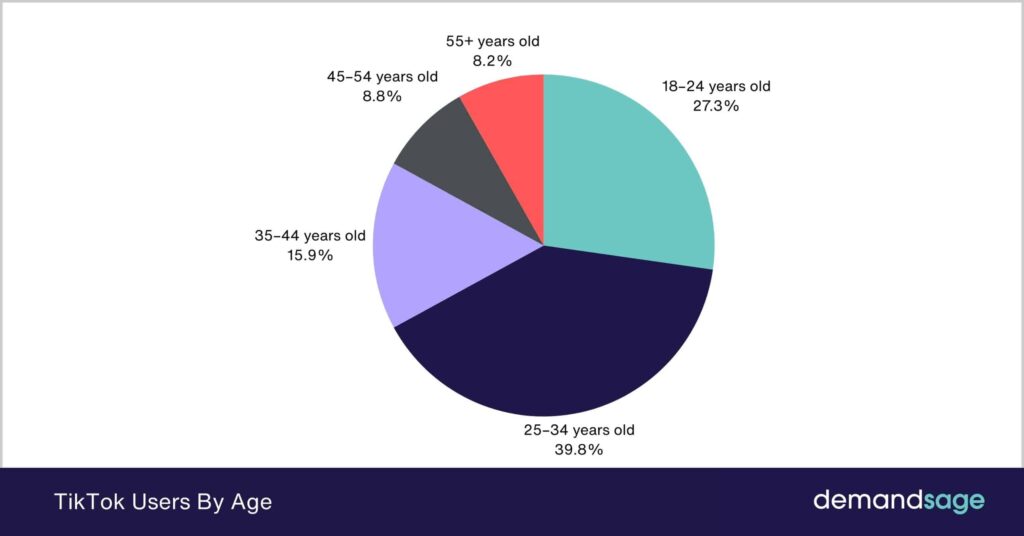TikTok, one of the world’s most popular social media apps, is once again under fire. A recent report reveals that the platform’s algorithm exposes users under 16 to graphic and adult content within just a few clicks. The findings reignite growing concerns over how social platforms safeguard minors — or fail to.
What’s Happening & Why This Matters
Researchers from the Tech Transparency Project (TTP) created TikTok accounts posing as 13- to 15-year-olds. Within minutes, these test profiles began receiving recommendations for violent videos, self-harm discussions, and sexually explicit material. The exposure happened without users searching for such content, suggesting that TikTok’s recommendation system actively amplifies inappropriate themes.
According to the TTP, “The algorithm is optimised for engagement, not safety. It rewards clicks and time spent, regardless of user age.” This creates a dangerous loop for teenagers who may not fully grasp the risks associated with such exposure.
The platform, owned by ByteDance, has long promised to strengthen protections for young users. TikTok claims it enforces content filters and family safety features, but the report indicates those measures are not functioning as intended. The watchdog’s findings reveal how quickly young users can fall into harmful content cycles.
TikTok responded by stating it is reviewing the claims and continues to improve parental controls and content moderation systems. However, experts argue that the platform’s design prioritises retention and profit over well-being. Digital rights advocates warn that even small algorithmic tweaks could lead to massive changes in what teenagers see on their feeds.

For parents and regulators, this isn’t a new conversation — but it’s becoming more urgent. Governments in the United States, the United Kingdom, and the European Union are tightening online child safety laws, demanding stricter age verification and transparency from platforms. The UK’s Online Safety Act, for example, places direct responsibility on platforms to protect minors from harmful content, a standard TikTok might struggle to meet if these findings hold true.
TikTok’s influence on youth culture is undeniable, with over 1 billion users worldwide, many of whom are under 18. The TTP’s report renews pressure on regulators to reassess how platforms like TikTok are held accountable for algorithmic harms — especially when young users are involved.
TF Summary: What’s Next
TikTok’s repeated controversies show that balancing user engagement and safety remains a serious challenge for the company. Stricter content moderation and independent oversight may be required to prevent harmful recommendations to minors. The bigger question: Can an algorithm built for engagement ever truly protect young users?
MY FORECAST: Expect TikTok and other platforms to face mounting global scrutiny in the coming months. Legislative bodies in Europe and the U.S. may soon mandate algorithmic transparency and third-party audits to ensure compliance with youth safety standards.
— Text-to-Speech (TTS) provided by gspeech


